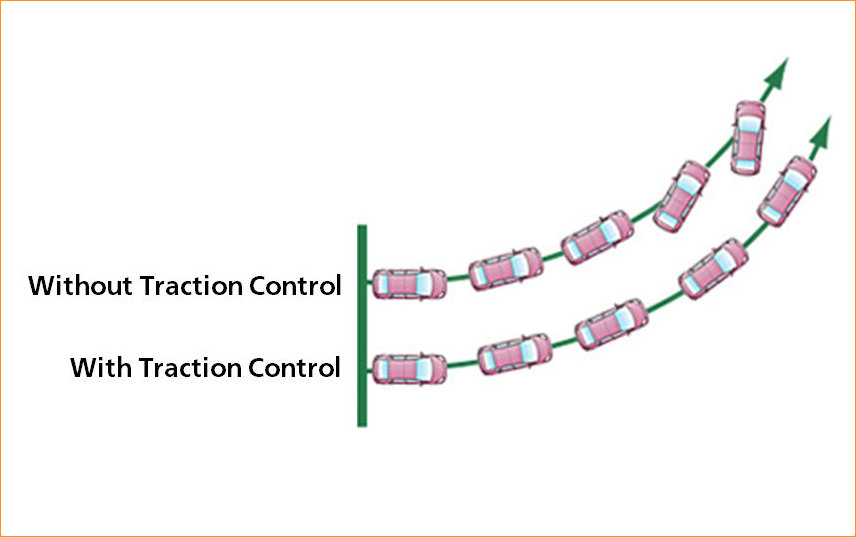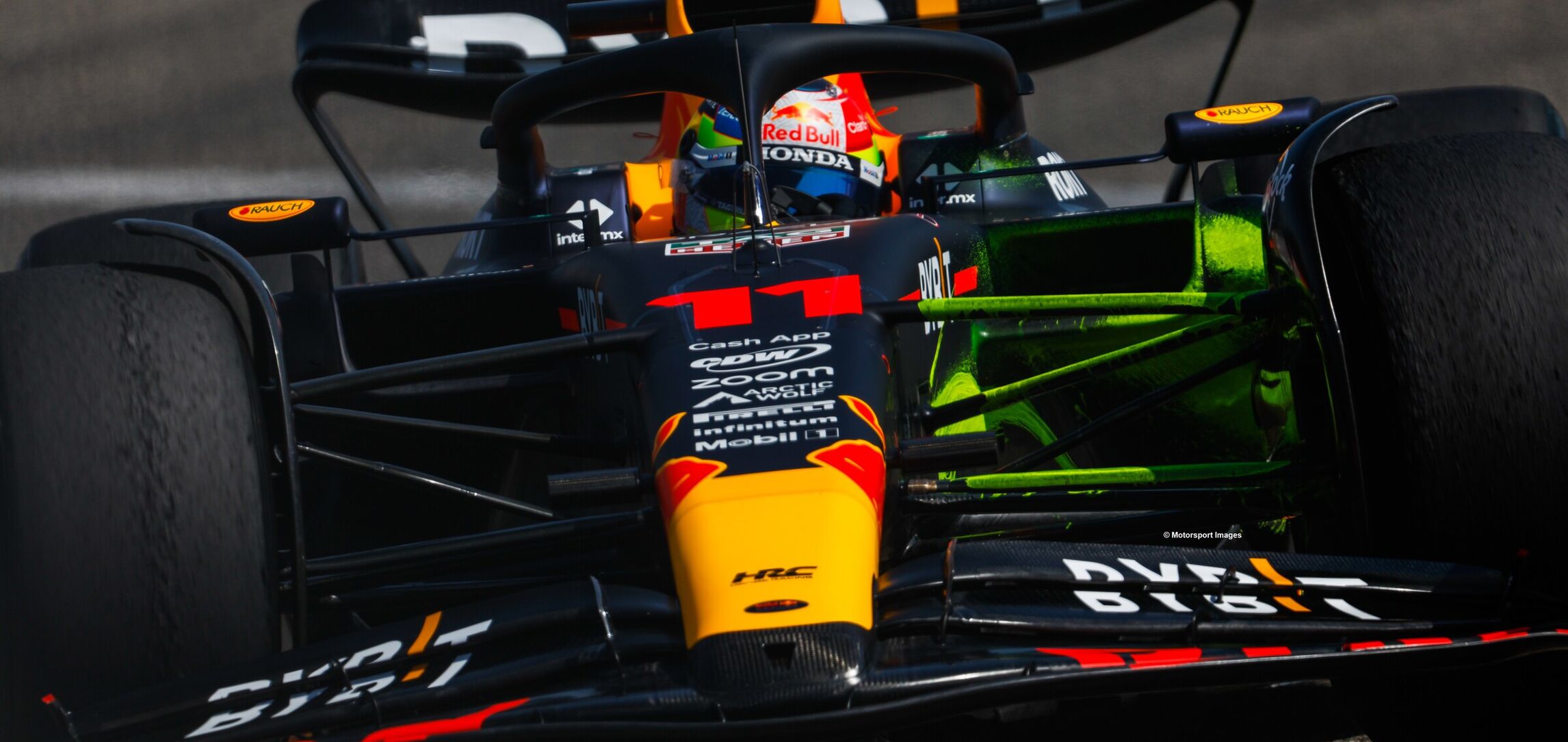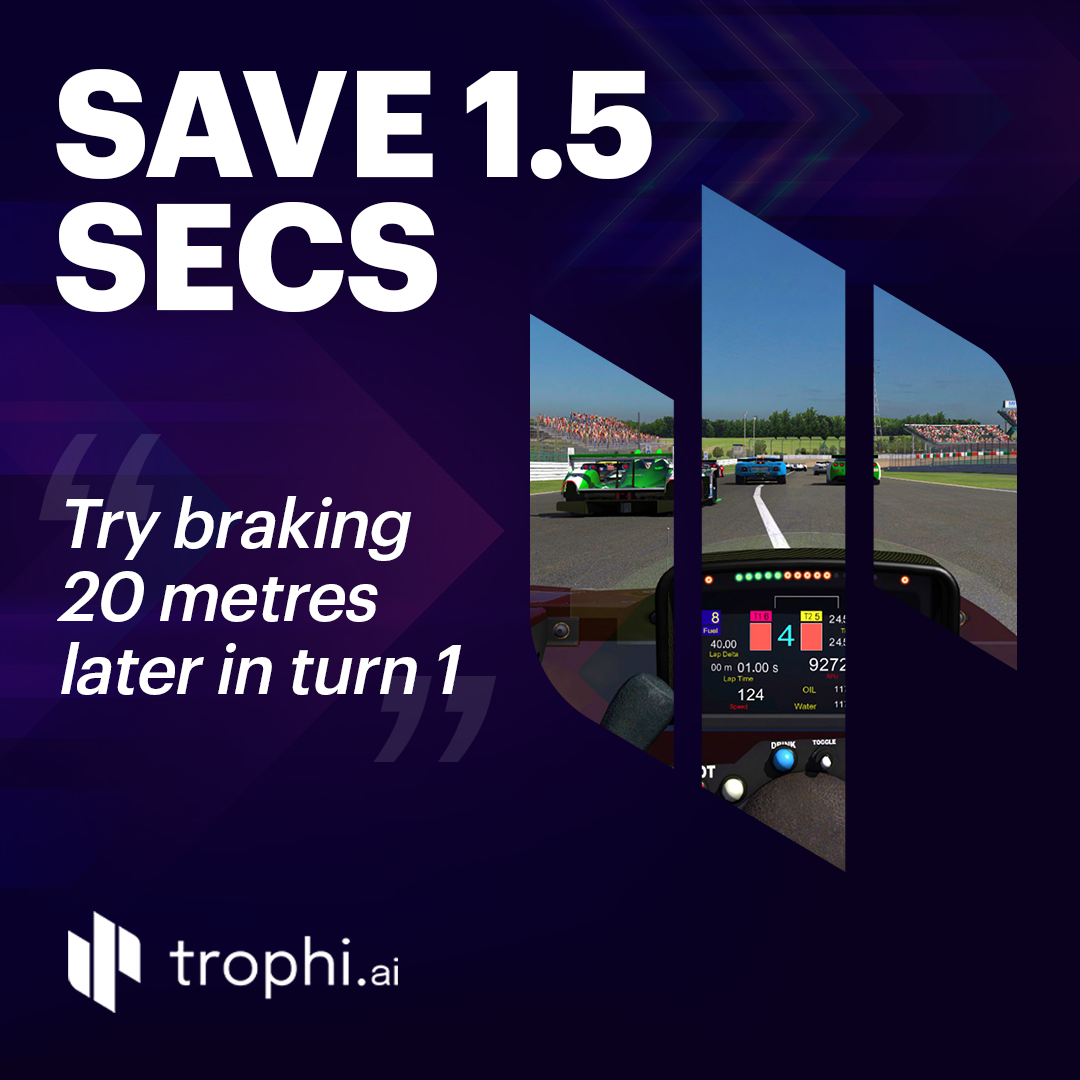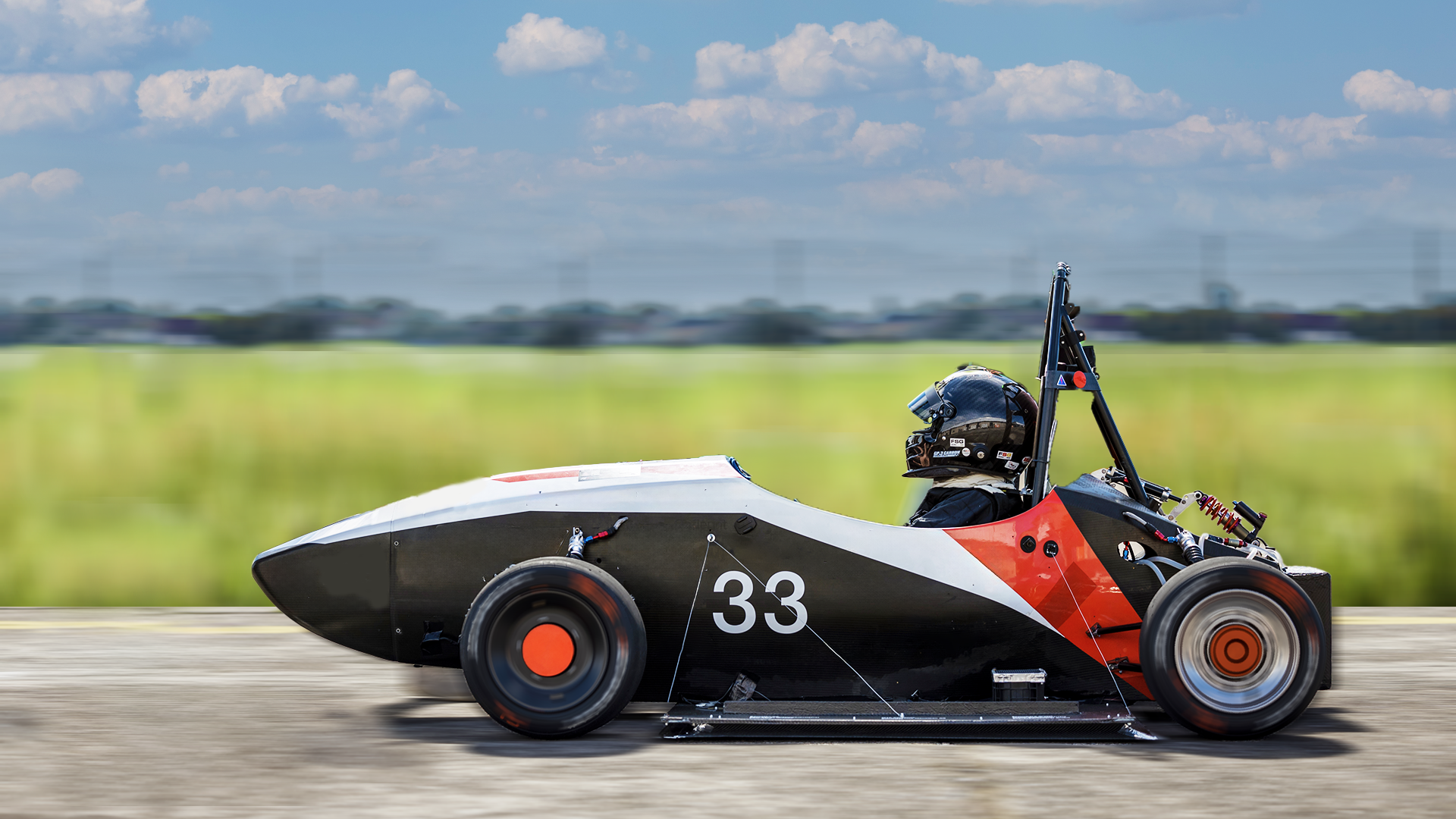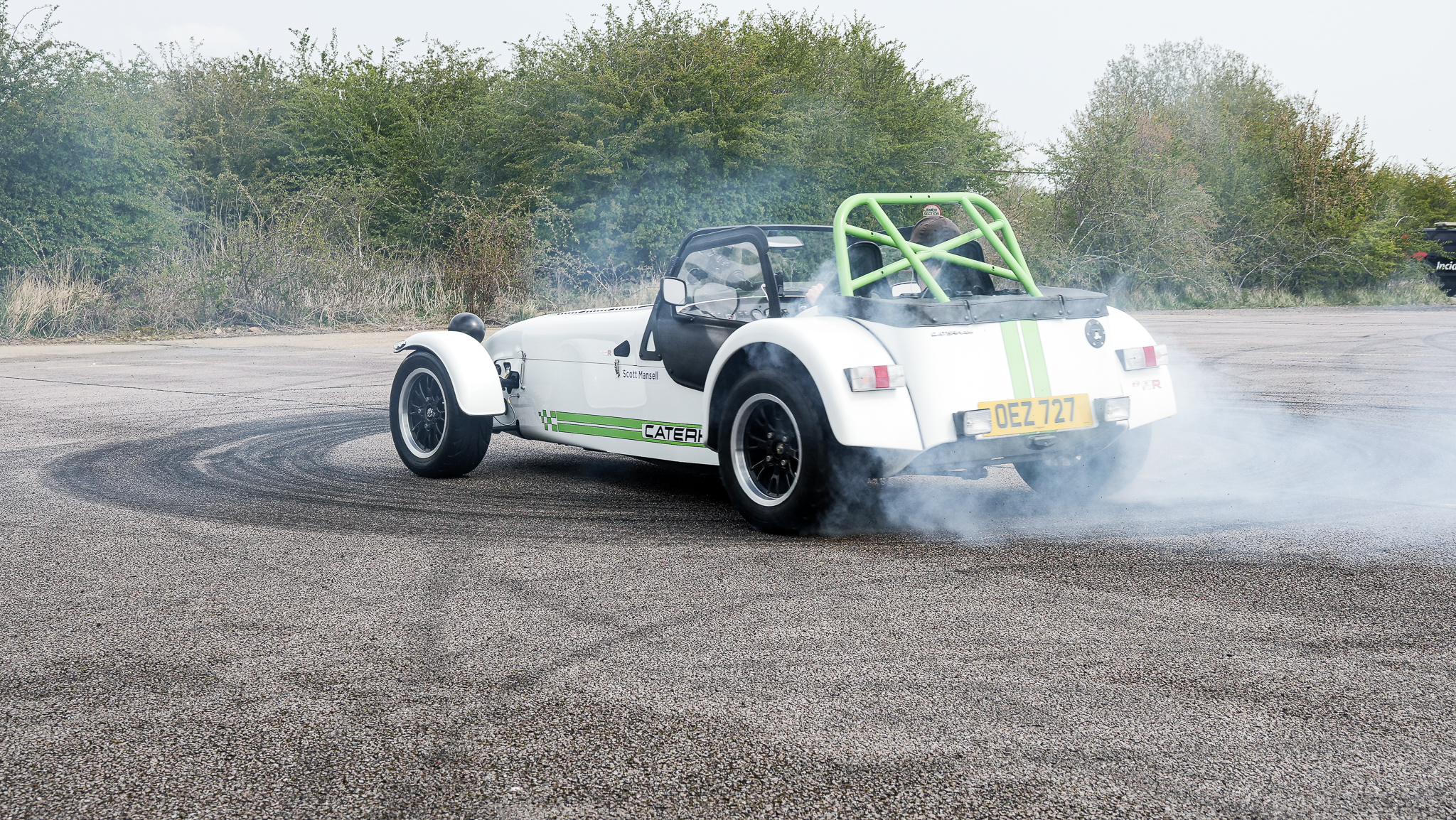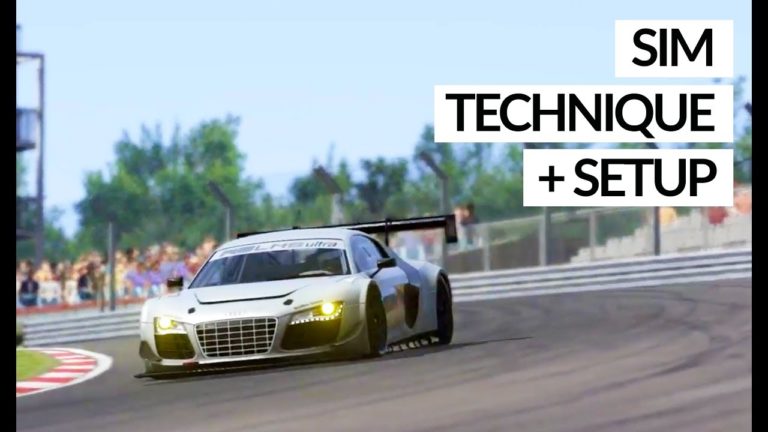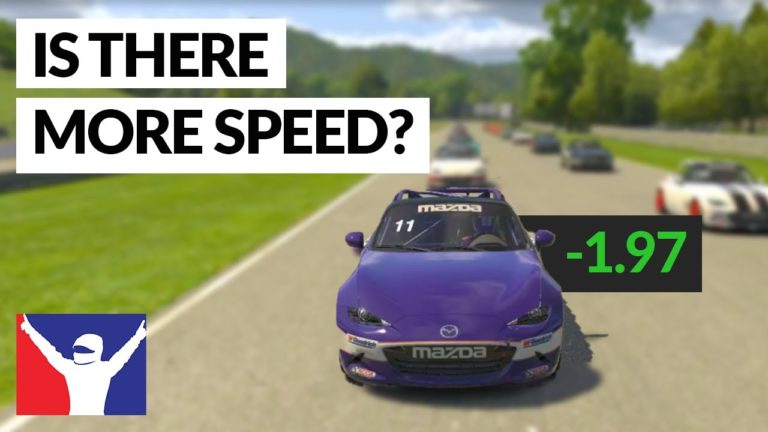How to be FASTER Without Traction Control in Gran Turismo Sport
Due to its number of users, competition within GT Sport is incredibly high. Top-level drivers are going to extreme lengths to come out on top. So for a new, intermediate or experienced driver in the game; where do you start?
In this article, we’ll tackle tackles the BEST starting point for improving lap times; Traction Control (TC or TCS).
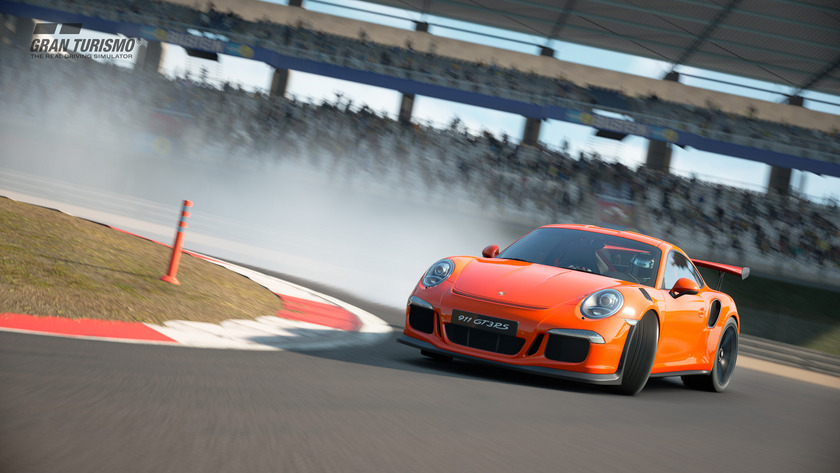
Traction Control is a ‘driver assist’ within the game that allows the driver and car to limit the wheel spin when accelerating. This has several performance benefits which will be covered within this article.
TC in GT Sport is available within the car setup menu as well as being available to change on the fly during a lap. Traction Control is available in 6 different grades, 0 through to 5, with ‘0’ being completely off and ‘5’ being the most sensitive.
The Benefits of Driving without Traction Control
There are a few main benefits to driving with TC OFF. The main one being outright performance. To achieve the top lap times, in any car, on any circuit, you need to have TC turned off.
This is evident in almost all top-level qualifying replays.
By turning TC OFF, the driver now has full control over the car’s power and can choose exactly when to accelerate and how hard.
Car Control is the key here. With Traction Control disabled, you have full control of the power output and can therefore avoid being limited by the cars ECU decision.
Other benefits include improved tyre ware, better gear shifts, more efficient fuel usage, drifting and power sliding.
Drifting – although this is not something covered in this article, it is essentially impossible to control the car in a power slide with TC turned ON. This is because the car will constantly try to cut the power to the driving wheels.
How Traction Control works
Traction Control is an electronic system that limits the amount of power from the engine to the driving wheels to avoid wheelspin.
Wheelspin happens when the car has more torque than the tyres can physically provide grip for. It is usually caused by a sudden or hard acceleration at slow speeds.
You have more than likely experienced the effects of traction control in your road car when the road conditions have been greasy. You put your foot down hard on the accelerator and the car refuses to go.
This is because the output power/torque from the engine is trying to rotate the driving wheels faster than conditions allow for. Traction Control will then cut in, stopping you from accelerating until the tyres eventually find grip.
Traction control was introduced as a safety measure in road cars to help drivers improve car control in slippery conditions. TC can be found in some forms of motorsport, such as GT and closed-wheel racing, but is not permitted in championships like F1 and Classic car racing.
FWD vs RWD vs 4WD
Before we give you our advice for driving without TC on, it is important to acknowledge the differences in drive type for specific cars. Each type will require a different driving technique.
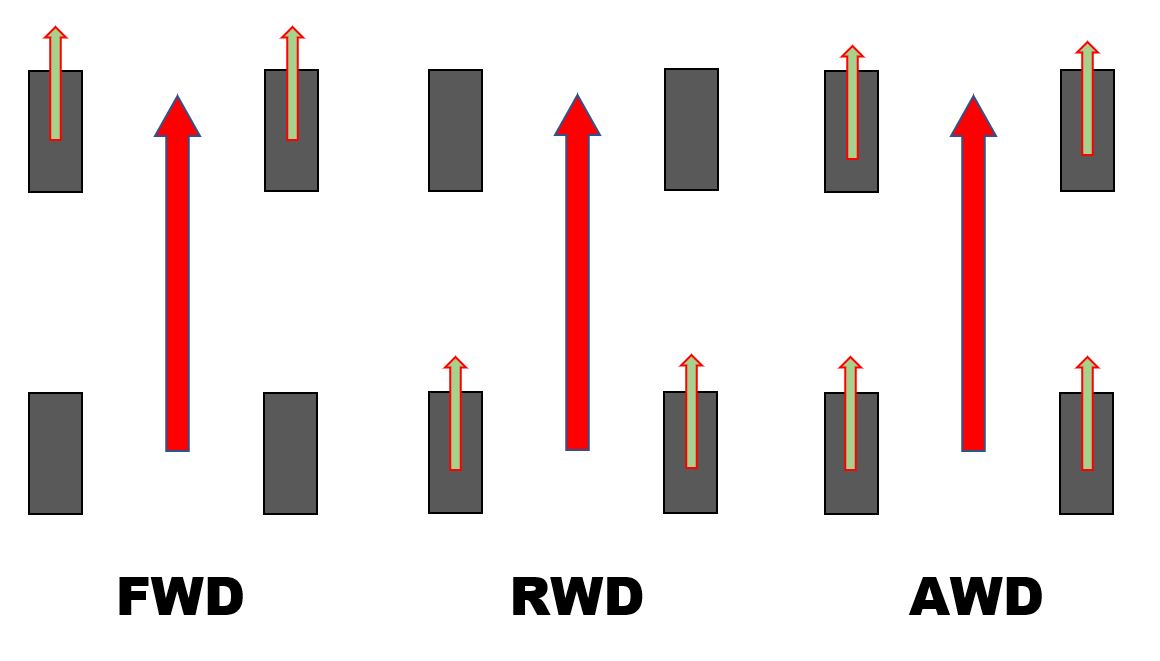
To start, think about what happens if the Front wheels, Rear wheels or Four wheels are creating the driving force. If the accelerator is pressed hard, the driving wheels can break traction and spin.
In a Front Wheel Drive car, you are going to experience power understeer. This is because the driving wheels (the fronts) are having to do both the accelerating and the turning. They can’t do both inputs at the same time to their full extent.
In a Rear Wheel Drive car, the opposite can be said. When the accelerator is pressed hard, the rear wheels spin, causing a loss of traction at the rear and resulting in power-on oversteer. This is the sensation where the rear of the car wants to overtake the front of the car, creating a slide or drift.
All Wheel Drive or 4 Wheel Drive cars will react differently depending on exactly how the power is shared between the front and rear wheels. In the majority of cases, high power 4WD cars will tend to understeer before breaking into oversteer. Bear in mind however that in 4WD race cars, the majority of the power is given to the rear of the car which will make it behave more like a RW Drive type.
FWD and 4WD are generally easier to handle than RWD. Recovering understeer can be more predictable and manageable than oversteer, however, saving a dramatic oversteer moment can be much more rewarding.
For more information on Understeer and Oversteer, please have a look at this link.
Driver61’s Best Advice for Driving without TC in GT Sport
Here are our top tips for mastering GT Sport without Traction Control:
- Smoother Throttle Application
Firstly, consider breaking this topic down into two types; high powered cars and medium to low powered cars. High powered cars coming from the Gr.3 category and above, as well as some of the higher-powered road cars. Medium to Low powered cars being Gr.4 and lower.
Number one: High Powered cars require a very smooth and gradual squeeze of the accelerator on corner exit. With a lot of torque at their disposal, it is easy for these cars to spin the wheels on acceleration. Try to straighten your racing line on the exit of corners as much as possible. A vehicle will accelerate fastest when pointing straight.
Number two: Medium to Low Powered cars can be much more aggressive with the accelerator. These types of vehicle do not always have enough power to break traction. In most cases, you can slam the power on quickly when exiting a corner, however, be mindful that not all cars will react in the same manner. As mentioned above, RWD, FWD and 4WD will each have their own handling characteristics.
We would recommend practising in a medium powered RWD car to start with. Experience how the car breaks traction under acceleration. Try the BMW M4 Gr.4 as a great starting point.
- Avoid Kerbs
What is a Kerb? A kerb is a raised or textured part of the race track, usually painted and always at the circuit edge. In real-world motorsport, it is considered to be ‘an extension of the useable circuit’ and can therefore be driven on to optimise racing lines.
In GT Sport, there are kerbs you always use and kerbs you should never touch. When learning to drive with traction control turned OFF, you should avoid hitting raised ‘sausage’ style kerbs as well as most apex kerbs.
These larger shaped kerbs will bounce the car and upset the weight. In a lot of cases, hitting these kerbs will cause an unrecoverable spin which is further exaggerated by having TC OFF.
To start with, avoid apex kerbs at all costs until you have gained confidence with the car. Learn which kerbs can be hit, and which can be avoided and practice controlling the car in these situations.
- Tyre Degradation
When tyre wear is active in online racing, drivers with TC turned OFF can better control the amount of wheel spin they are getting and can therefore slow the tyre ware process.
Yes, driving with Traction Control ON can make it easier to limit wheel spin, however, the driver loses the ability to control the limits of grip under acceleration. It will be controlled by the car and will not be used in the most efficient way possible.
If you are seeing excessive tyre wear on the driving wheels, then you can change your driving style to be more progressive on the accelerator and to avoid unnecessary oversteer.
- Wet Conditions
Driving in the wet in GTS is a massive change for someone familiar with driving in the dry. The ‘bad’ handling characteristics of a car are further exaggerated by the slippy conditions.
Excessive understeer and over-the-top oversteer are the two biggest issues when driving in the wet.
There is some room for debate regarding Traction Control for wet conditions, with some opting to have it ON while others convinced that it’s quicker turned OFF. In our opinions, the faster option is OFF.
This can be seen on the rare occasion when a wet race is available in the Sport mode of the game. The top 10 lap times set by the fastest drivers will show you that TC is not used.

For driving in the wet, you need to be incredibly patient on the throttle, avoiding all wheel spin and trying to make the corner exit as straight as possible. In the event of power-on oversteer, you can usually recover a slide by lifting off throttle and reapplying more gradually
- BONUS TIP – Standing Grid Starts
A common technique you will see in standing grid starts, is to use Traction Control purely for the take-off from the line.
Knowing exactly how much throttle to use with TC turned OFF when pulling away from the lights can be very tricky, especially in cars you are unfamiliar with. What most drivers do to get around this, is to quickly adjust the TC setting up from 0 (OFF) to 2 or 3 depending on the car’s power.
Higher power cars should use setting 3 whilst lower power cars using setting 2. Do not use setting 1, as this does not limit the power enough to make a decent launch.
With the TC setting turned up, you can pull away from the line using full throttle. Once the race has started, very quickly adjust TC back to 0 and continue the race.
More about how to make changes to Traction Control below
How to Turn Traction Control OFF and How to Adjust Traction Control
In Gran Turismo Sport, there are two ways of adjusting Traction Control.
The first is by going into the car settings, within the pre-game lobby and scrolling to Traction Control Settings. You can then adjust between 0 (OFF) and 5 (most traction control). These changes will act as a default setting for that circuit. So whenever you start a track session, this TC setting will be automatically applied for that car.
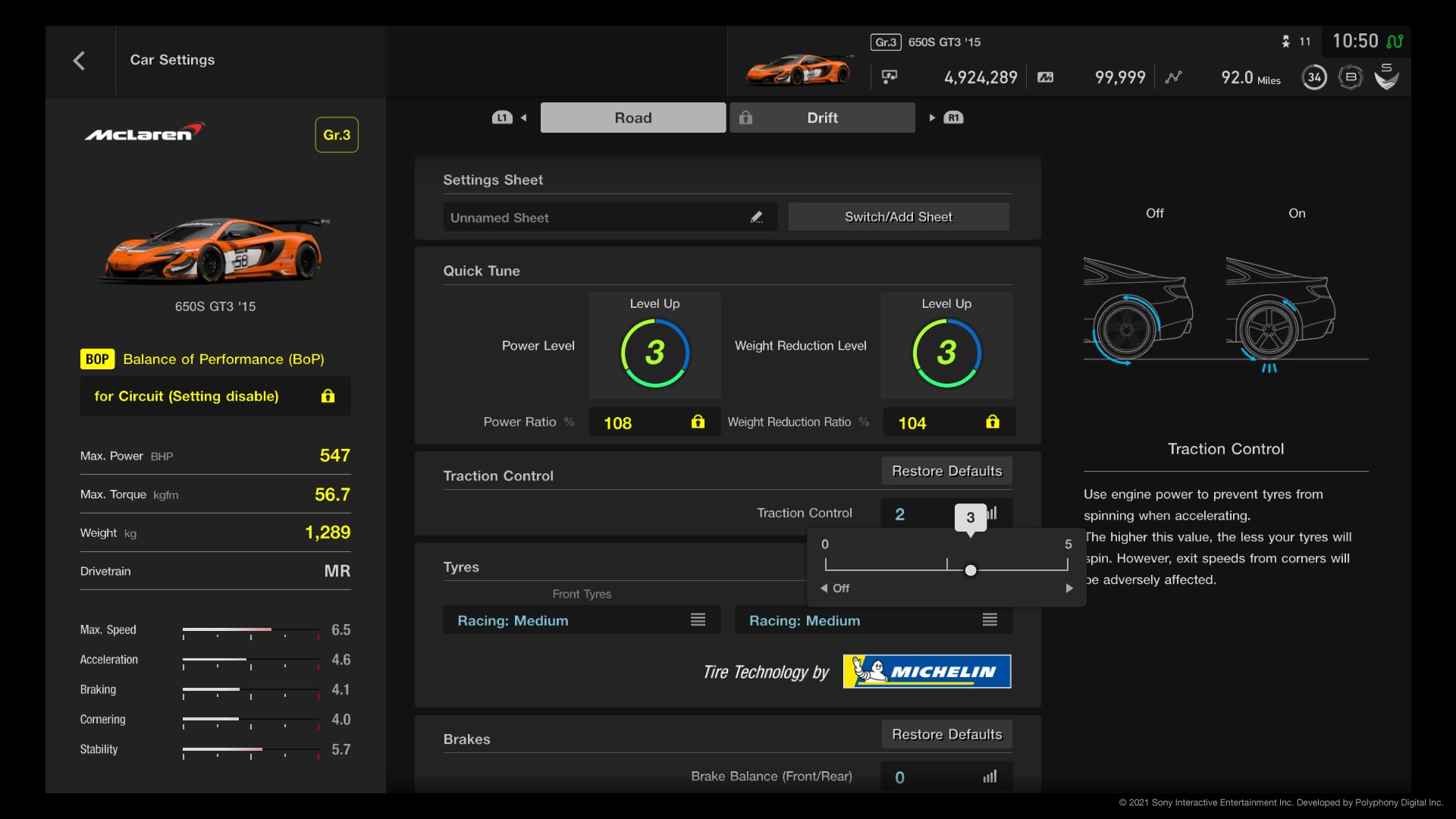
The second way is to adjust TC, live, on track. The setting is available in the MFD (multi-function display) menu shown in your HUD (heads up display). From here, you again can adjust between 0 and 5, this is particularly useful for race starts.
Within the game, there are two visual references you can use on track to determine if traction control is being used.
The first is the fairly obvious, visible traction control symbol which will be illuminated when on.
The second is the accelerator pedal bar. When traction control kicks in, this bar will flash red. This is a great tell for drivers that still use TC to indicate exactly how much traction control is working for them.


